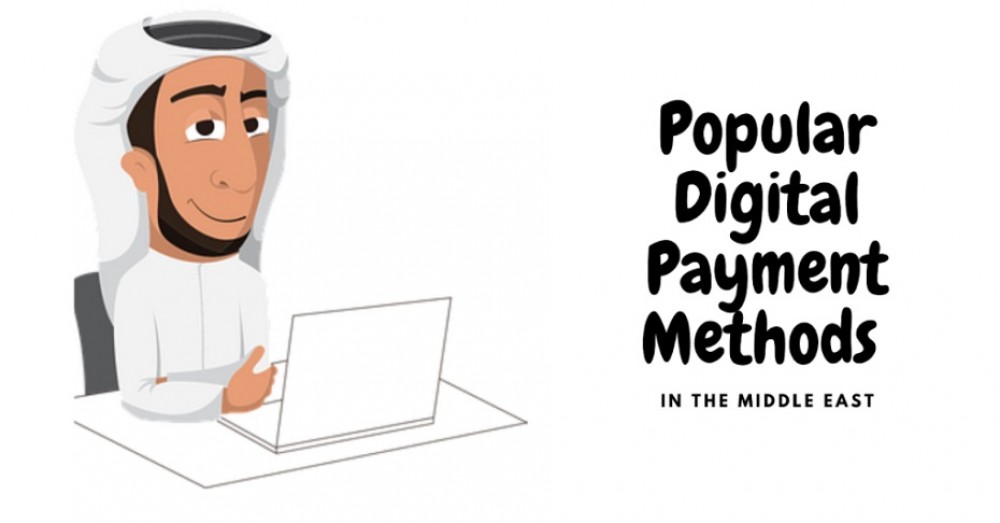As late as of 2017 e-Commerce was not very popular in the Middle East. A lot of it had to do with the local shopping culture of face-to-face interactions and cash payments but since then a lot has changed. Due to the COVID-19 pandemic, online shopping increased across the globe and the MENA region is no exception. However, this process had already started before the pandemic. Since 2019 the online retail industry is growing rapidly in the Middle East and North Africa thanks to governmental initiatives to encourage e-commerce businesses and access to foreign online marketplaces.
Cash is still the most common method of financial transaction in the Middle East and face-to-face shopping is part of the culture. However, due to its status as a commercially vibrant enclave and as a result of the pandemic, a range of digital payment portals have been introduced into the region in recent times to ensure the continued ease of business transactions. While religious norms and cultural beliefs in some parts of the MENA region have participated in a slow penetration of e-Commerce, the rise of digital platforms since the pandemic is now reaching all regions.
With new regulatory frameworks implemented by the government together with support to FinTech startups, more people in the MENA region today have access to digital payment methods allowing them to pay for goods or services purchased online in an easy and safe way. While the FinTech development continues developing payment methods for online casinos and other special niches or regions, there are three main payment methods available across the MENA region allowing both local and global transactions;
Credit and Debit Cards
After cash, credit and debit cards are the second most commonly used payment methods in the Middle East. The way credit cards work in the region is a bit different from what obtains elsewhere. For example, due to the religious injunction against credit and interest, it is not uncommon to find banks and financial institutions that do not offer credit cards to their customers. Rather than offer credit cards what they do is to offer debit cards to their customers. These debit cards can be empowered to perform the same functions as a credit card i.e. paying for goods and services purchased. It is worthy of note that the use of credit cards is not exactly extinct in the region since there are expatriates who live and work in the region who may be accustomed to using credit cards for payments.
Cards with Visa or MasterCard logo could be tenable in the region especially on eCommerce sites. However, due to the nature of debit cards, a consumer for instance may not be able to access credit to pay for goods in excess of the money in their account. Although, it is apt to note that the acceptance of debit cards is helpful for entrepreneurs as it helps facilitate another payment option other than the regular cash transactions prevalent in the region. E-commerce sites may be more disposed to accepting credit cards than land-based commercial retailers.
PayPal
PayPal, a leading global payment method for both business and personal use, is available in the Middle East. Obviously buoyed by the huge prospects in the region, the company has made incursions into the Middle East, positioning itself as a major player in the Arabic e-Commerce and gaming industry. However, the company will likely face issues in terms of partnership with banks in the region. PayPal recently entered the cryptocurrency market but it remains to see if they will manage to achieve the same level of success in the MENA region as they have in the rest of the world. Unless it adopts the strategy employed by CashU, it may struggle to enthrone itself as a formidable payment platform in the Middle East, therefore playing a subordinate role to CashU.
CashU
CashU is a digital wallet for transferring money online between citizens in the MENA region and global web-based companies. CashU is accepted at all major international webshops and since it became accessible in the Middle East/North Africa region both the number of online shoppers and retailers have increased. CashU was founded in 2002 by Maktoob (currently known as Jabbar Internet Group) and is today regarded as the largest FinTech company in the MENA region. CashU issues a prepaid debit card for online payments and allows transfers to and from PayPal as well. It operates as a form of online wallet because users can proceed to designated locations and make cash payments to top up their cards which they can then use to make payments. CashU is deemed safe because it utilizes relevant security protocols that prevent fraud.
With the coronavirus pandemic, digital payments and online shopping became necessary to fight the virus. While some religious and cultural bottlenecks to the widespread use of digital payment platforms will remain, e-commerce platforms continue to increase and more people warm up to the ease of internet transactions. The present situation mitigates users to prefer the use of digital payment methods but the ease, convenience, and security of online payments is what will make it a sought-after means of payment after the pandemic.
Across the MENA region there are today digital options for entrepreneurs and consumers to transact online business. The digital revolution has birthed a wave of multiple digital payment methods from which prospective users can make their choice and the question is, of course, if the new trend of online shopping will continue after the pandemic, we believe it will.
Share This Post















